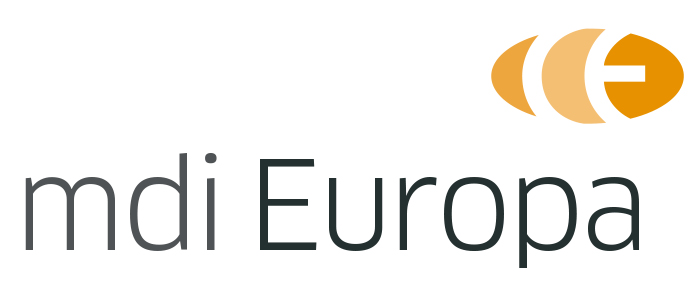The Medical Device Coordination Group (MDCG) has approved MDCG 2021-5, rev.1, guidance on standardisation for medical devices for use in the context of the EU’s Regulations 2017/745 and 2017/746 on medical devices and in vitro diagnostic medical devices (MDR and IVDR).
The updated guidance includes explanations of what is meant by “state of the art” and provides clarifications including footnotes and links. All references to the previous medical devices directives have been removed, and all references to the MDR and IVDR have been updated.
References are made to no fewer than six European Court of Justice (ECJ) cases relating to standards that clarify the role of the standards in the EU. There is often confusion about the legal nature of harmonized European standards. A harmonized standard is recognized as providing a demonstration of conformity with the general safety and performance requirements (GSPR) to which that standard is linked. This confusion arises from the fact that the standards are voluntary, but any organization that chooses not to demonstrate how they meet a standard must show how their alternative method complies with the GSPR. It is not always easy for companies to understand how much flexibility they have in this respect.
In one of the referenced ECJ cases from 2023, the court confirmed that a manufacturer is permitted to choose equivalent alternative solutions to those prescribed by harmonized standards, whose references are published in the Official Journal of the EU. The court ruled that this is crucial for not hindering technical innovation.
The medical technology sector is thus reminded that EU harmonised standards are voluntary to encourage innovation. Nonetheless, it is recommendable to provide a justification when available standards are not applied.
Source: Medtech Insight (an Informa product)





